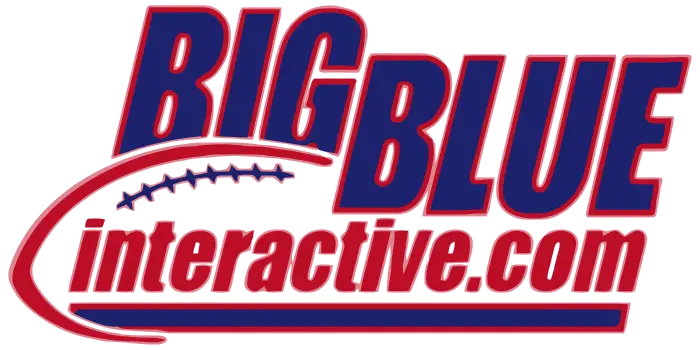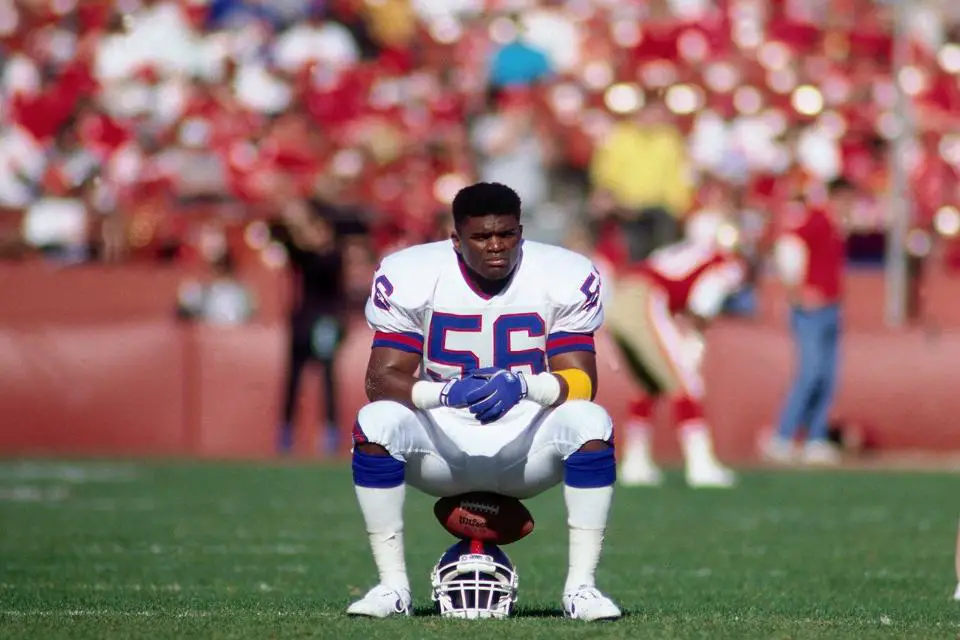
by Larry Schmitt | Sep 1, 2023 | Articles, New York Giants History
Through their first ninety-nine seasons, the New York Football Giants have participated in some of the most famous games in professional football history: “The Sneakers Game” in 1934, “The Greatest Game Ever Played” in 1958, and the 2007 Giants upsetting the 18-0 New...
![Coming Off Bye Week, Giants Injury List Continues to Grow]()
by Eric Kennedy | Nov 1, 2017 | News and Notes
[contentblock id=1 img=html.png] NEW YORK GIANTS INJURY REPORT… Center Weston Richburg (concussion), offensive lineman Justin Pugh (back), defensive end Olivier Vernon (ankle), defensive end Kerry Wynn (knee), linebacker B.J. Goodson (ankle), and safety Nat...
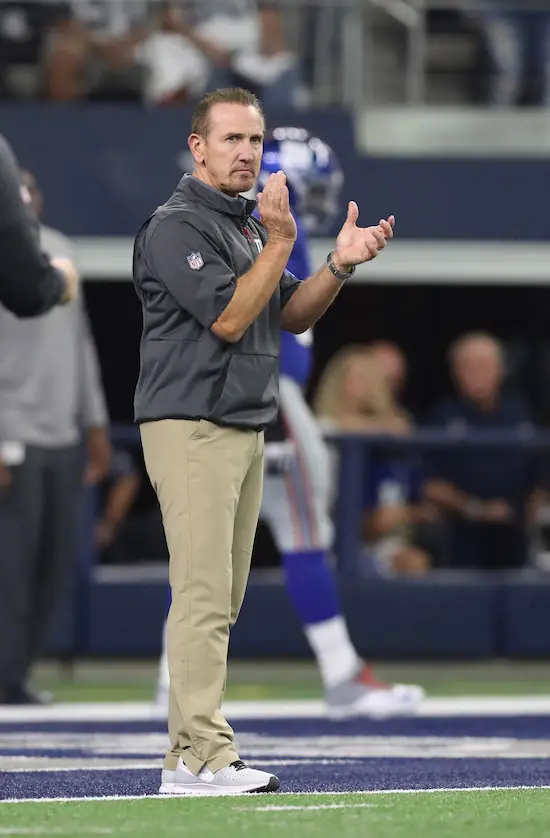
by Eric Kennedy | Sep 15, 2017 | News and Notes
[contentblock id=1 img=html.png] INJURY UPDATE… Wide receiver Odell Beckham, Jr. (ankle), right tackle Bobby Hart (ankle), and linebacker Keenan Robinson (concussion) practiced on a limited basis on Friday. “(Beckham) responded well to treatment,”...
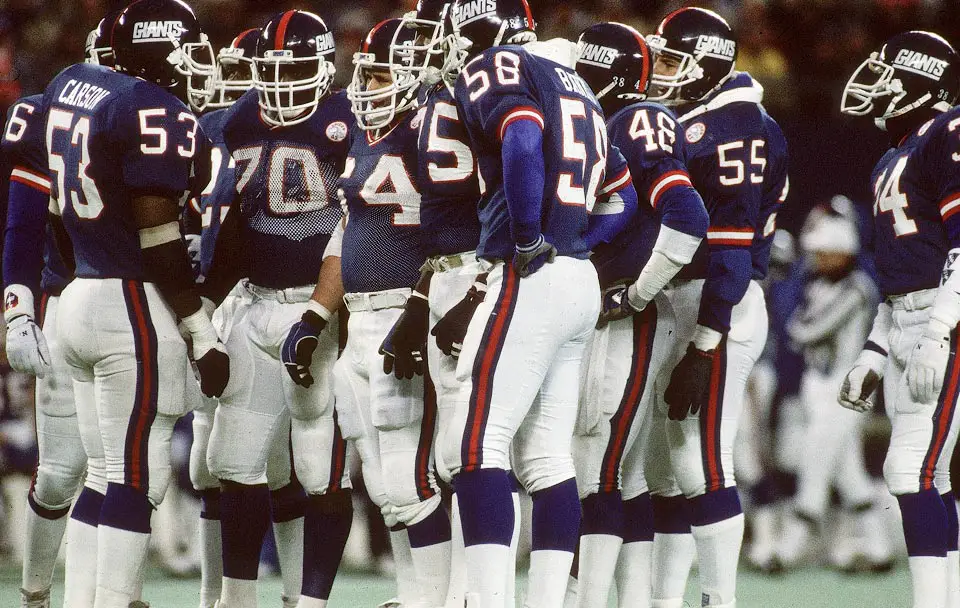
by Larry Schmitt | Jan 25, 2017 | Articles, New York Giants History
Ghosts come in a variety of forms. By the early 1980’s, the New York Football Giants had been haunted by a cavalcade of specters for over two decades. They were known as Frank Gifford, Sam Huff and Charlie Conerly – echoes from the glorious Golden Age – memories of...
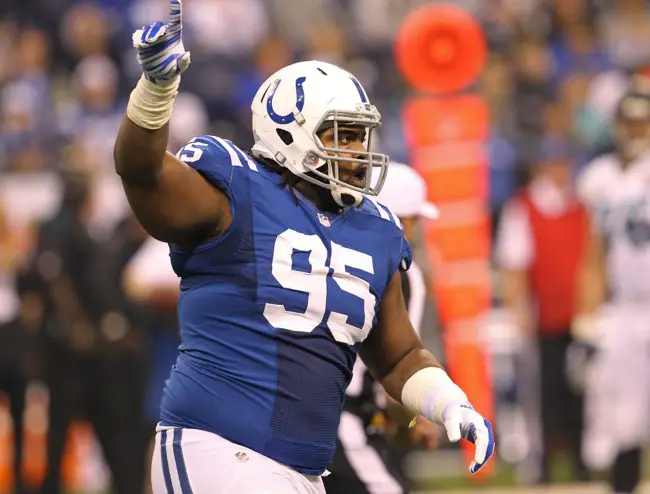
by Eric Kennedy | Nov 10, 2015 | News and Notes
[contentblock id=1 img=html.png] MONTORI HUGHES PROMOTED TO 53-MAN ROSTER… The New York Giants have signed defensive tackle Montori Hughes to the 53-man roster from the team’s Practice Squad. Hughes fills a vacancy created when the Giants put defensive...





